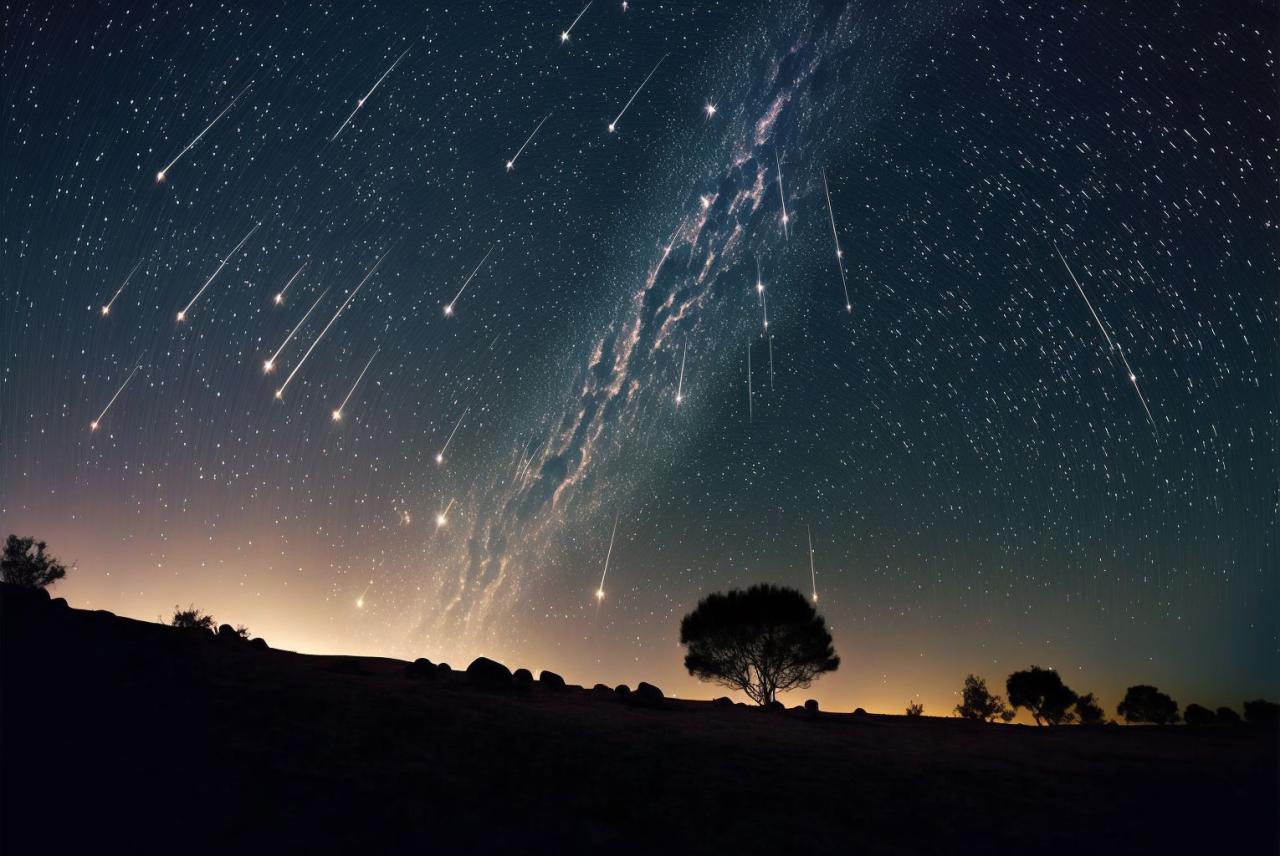Quadrantid meteor shower to light up skies – here’s the best way to witness this celestial spectacle! Get ready for a dazzling display as the Quadrantids, known for their bright and fast meteors, peak in the night sky. This guide will equip you with everything you need to find the perfect viewing spot, understand the shower’s origins, and even capture stunning photographs.
Let’s dive into the details and make this year’s Quadrantids unforgettable.
We’ll cover optimal viewing times and locations worldwide, considering factors like light pollution and weather. Learn about the shower’s origins, its unique characteristics, and how it compares to other meteor showers. We’ll also provide a practical checklist for your viewing experience, including equipment recommendations, location tips, and safety advice. Finally, we’ll explore the art of capturing the shower’s beauty through astrophotography, from camera settings to post-processing techniques.
Peak Viewing Times and Locations for the Quadrantid Meteor Shower
The Quadrantid meteor shower’s visibility depends heavily on several factors, primarily timing, location, and weather conditions. Optimal viewing requires a dark location with minimal light pollution and clear skies. The moon phase also plays a significant role, with a new moon offering the darkest skies.
Optimal Viewing Times and Locations
The following table provides estimated peak viewing times in Coordinated Universal Time (UTC) and local times for selected locations. Note that these are estimates, and actual peak times may vary slightly. Viewing conditions are generalized and can change rapidly due to weather.
| Location | Peak Time (UTC) | Peak Time (Local Time) | Viewing Conditions |
|---|---|---|---|
| New York City, USA | 06:00 | 01:00 AM | Moderate light pollution, variable weather |
| London, UK | 06:00 | 07:00 AM | Moderate light pollution, variable weather |
| Tokyo, Japan | 06:00 | 15:00 PM | High light pollution, variable weather |
| Sydney, Australia | 06:00 | 17:00 PM | Moderate light pollution, variable weather |
Factors Affecting Visibility
Several factors influence the visibility of the Quadrantid meteor shower. Light pollution from urban areas significantly reduces the number of visible meteors. Cloudy or stormy weather will completely obscure the shower. The phase of the moon also matters; a bright full moon washes out fainter meteors. Ideally, viewing should occur during a new moon or when the moon is below the horizon.
Want to catch the Quadrantid meteor shower? Find a dark spot away from city lights for the best viewing. While you’re waiting, check out this amazing sports news: Real Madrid become first team to reach 5000 LaLiga points ! That’s a record-breaker. Now, back to stargazing – bring a blanket and prepare to be amazed by the shower’s radiant display!
Map of Optimal Viewing Locations
An ideal map illustrating optimal viewing conditions would use a color-coded system to represent light pollution levels. Darker shades would indicate areas with minimal light pollution, ideal for meteor shower viewing. The map would also incorporate weather data overlays, showing cloud cover in real-time or predicted for the peak viewing hours. Geographical features, such as mountain ranges, could be included to help identify locations shielded from city lights.
A legend would clearly explain the color-coding and data sources.
Understanding the Quadrantid Meteor Shower
The Quadrantids are known for their short peak and high intensity. Understanding their origin and characteristics helps in planning optimal viewing.
Origin and Characteristics
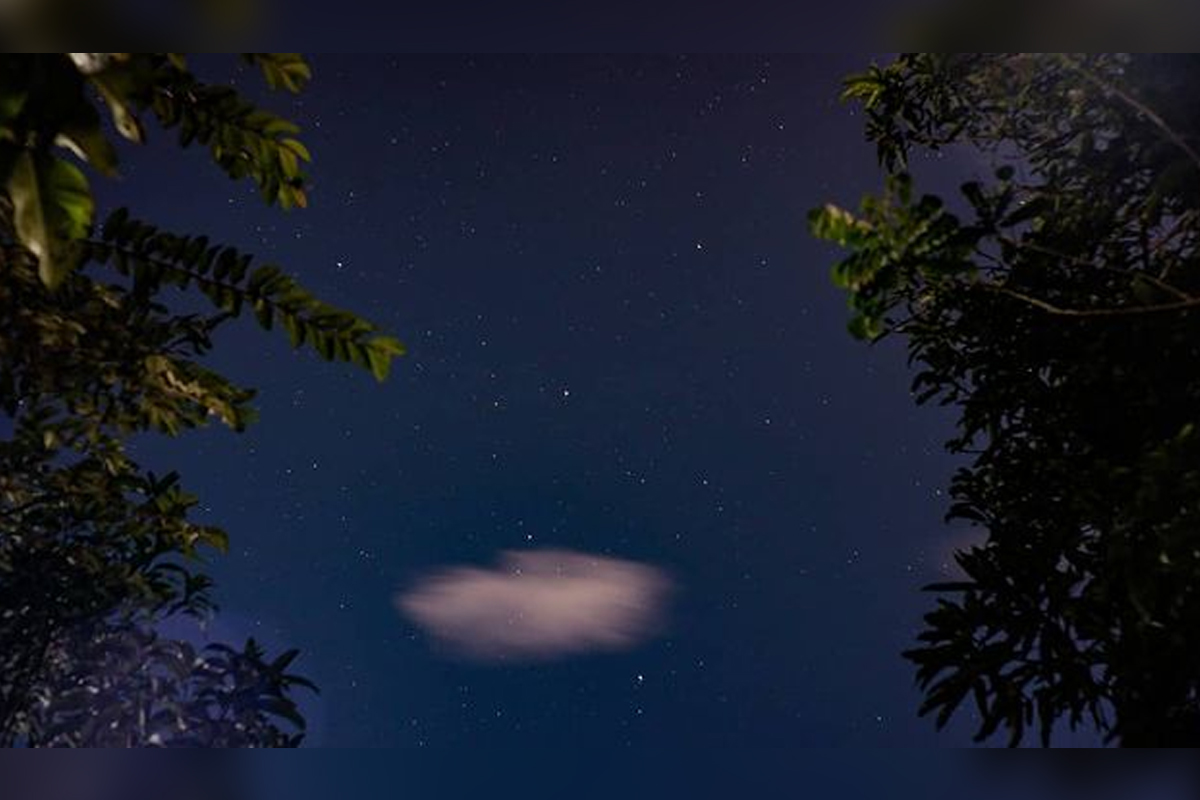
The Quadrantids originate from the debris trail of an asteroid, 2003 EH1, a potentially extinct comet. The radiant point – the apparent origin of the meteors – lies in the constellation Boötes, near the former constellation Quadrans Muralis (hence the name). The shower’s peak is remarkably short, lasting only a few hours.
Meteor Shower Activity
The Quadrantids are known for their relatively high Zenithal Hourly Rate (ZHR), which can reach up to 120 meteors per hour under ideal conditions. However, this number is rarely achieved due to factors like light pollution and weather. The meteors themselves are generally bright and fast, traveling at approximately 41 kilometers per second.
Want to catch the awesome Quadrantid meteor shower? Find a dark spot away from city lights for the best viewing. If you’re looking for a career change while you’re stargazing, check out surgical tech programs near me with financial aid options – it might be a perfect fit for you! Then, after your research, get back to enjoying that incredible meteor shower – bundle up warm and enjoy the show!
Comparison to Other Meteor Showers
Compared to other prominent meteor showers like the Perseids and Geminids, the Quadrantids have a shorter peak period. While the Perseids and Geminids offer longer viewing windows, the Quadrantids can boast a higher ZHR during their peak. Their relatively sharp peak makes precise timing crucial for optimal viewing.
Equipment and Preparation for Viewing
Proper preparation ensures a comfortable and successful meteor shower viewing experience. The right equipment and location are key.
Necessary Equipment
- Blanket or sleeping bag: For warmth during the cold night.
- Comfortable chair or reclining lounger: To avoid neck strain from looking upward for extended periods.
- Red-light flashlight: Preserves night vision while allowing for safe navigation.
- Warm clothing: Essential for staying comfortable in cold nighttime temperatures.
- Snacks and drinks: To keep energy levels up during the viewing session.
Finding a Dark Location
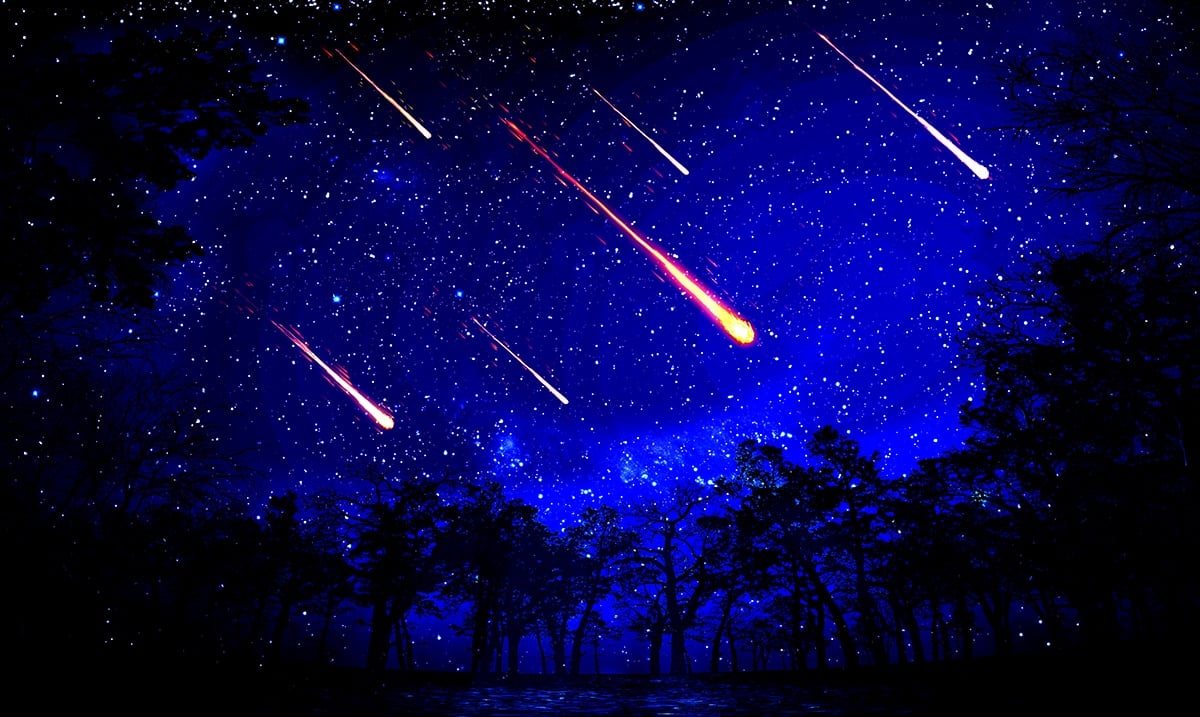
Finding a location far from city lights is crucial. Use light pollution maps (available online) to identify dark sky areas. Look for locations with minimal artificial light, such as rural areas, national parks, or high-altitude locations.
Step-by-Step Preparation Guide
- Check the weather forecast and moon phase to determine the best viewing night.
- Choose a dark location using a light pollution map and consider driving time and safety.
- Gather your equipment and dress warmly in layers.
- Arrive at your viewing location at least 30 minutes before the predicted peak time to allow your eyes to adjust to the darkness.
- Lie down comfortably and look towards the radiant point (Boötes constellation).
- Be patient and enjoy the show!
Want to make an awesome recording of the Quadrantid meteor shower? Find a dark spot away from city lights, grab a comfy chair, and maybe even use a voice recorder to narrate your experience. To make your narration sound super professional, check out this resource for the best AI voice generator for realistic human voices , then you can share your amazing meteor shower audio with everyone! Remember to dress warmly for those chilly night-time views.
Photography Tips for Capturing the Shower
Capturing the beauty of a meteor shower requires specific camera settings and techniques. Here’s how to get stunning shots.
Camera Setup and Settings
Use a DSLR or mirrorless camera with a wide-angle lens (e.g., 14mm to 35mm). Set your camera to manual mode (M). Use a high ISO (e.g., 3200-6400), a wide aperture (e.g., f/2.8 or wider), and a long shutter speed (e.g., 20-30 seconds). Use a remote shutter release or camera’s self-timer to avoid camera shake.
Image Composition, Quadrantid meteor shower to light up skies – here’s the best way to
Include foreground elements to add depth and interest to your images. This could be a tree line, a mountain range, or other landscape features. Frame your shot to encompass a large area of the sky to capture more meteors. Experiment with different compositions to find what works best.
Post-Processing Techniques
Post-processing can enhance the final image. Adjust brightness, contrast, and saturation to bring out the colors and details. Use noise reduction tools to minimize digital noise from the high ISO. Stack multiple images together to combine meteor trails from different exposures.
Mythology and Cultural Significance: Quadrantid Meteor Shower To Light Up Skies – Here’s The Best Way To
Meteor showers have held cultural significance across various societies throughout history, often inspiring myths and legends.
Historical and Cultural Significance
Many cultures viewed meteor showers as auspicious or ominous events. Some interpreted them as messages from the gods or spirits, while others saw them as signs of impending change or disaster. Specific myths and legends associated with meteor showers varied depending on the culture and time period.
Astronomical Events and Historical Observations
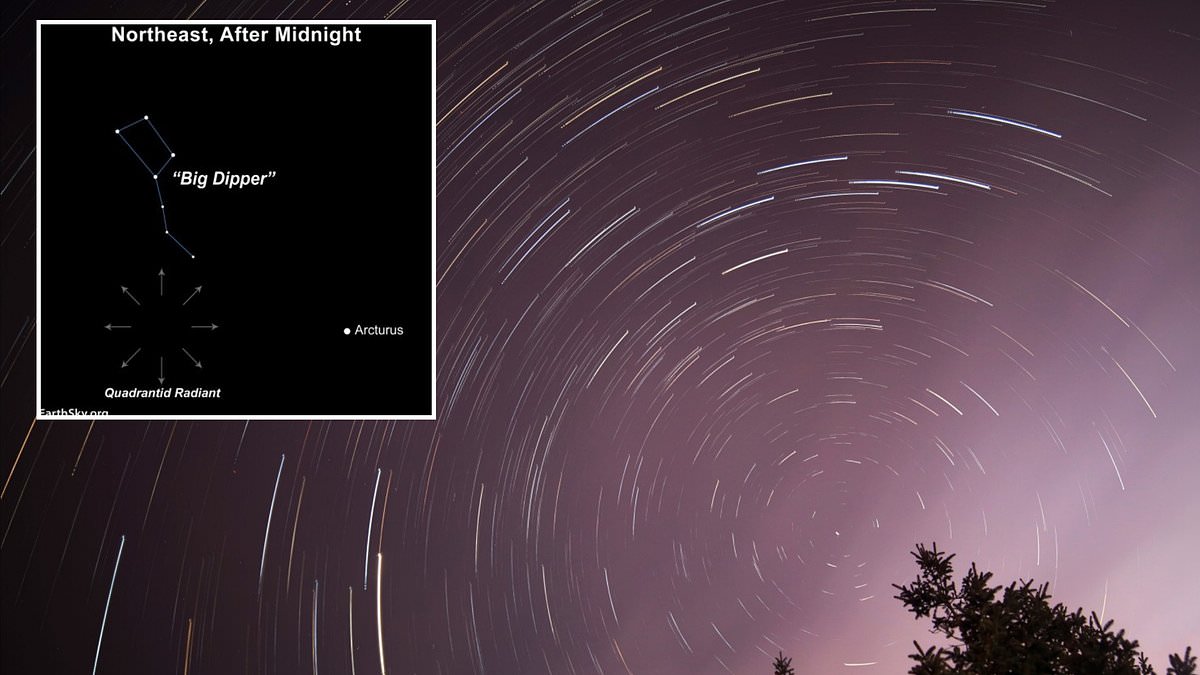
Historical records of meteor showers, including the Quadrantids, provide valuable data for astronomers. Early observations helped establish patterns and understand the origins of these celestial events. Detailed accounts of past showers offer insights into their frequency and intensity over time.
Cultural Interpretations
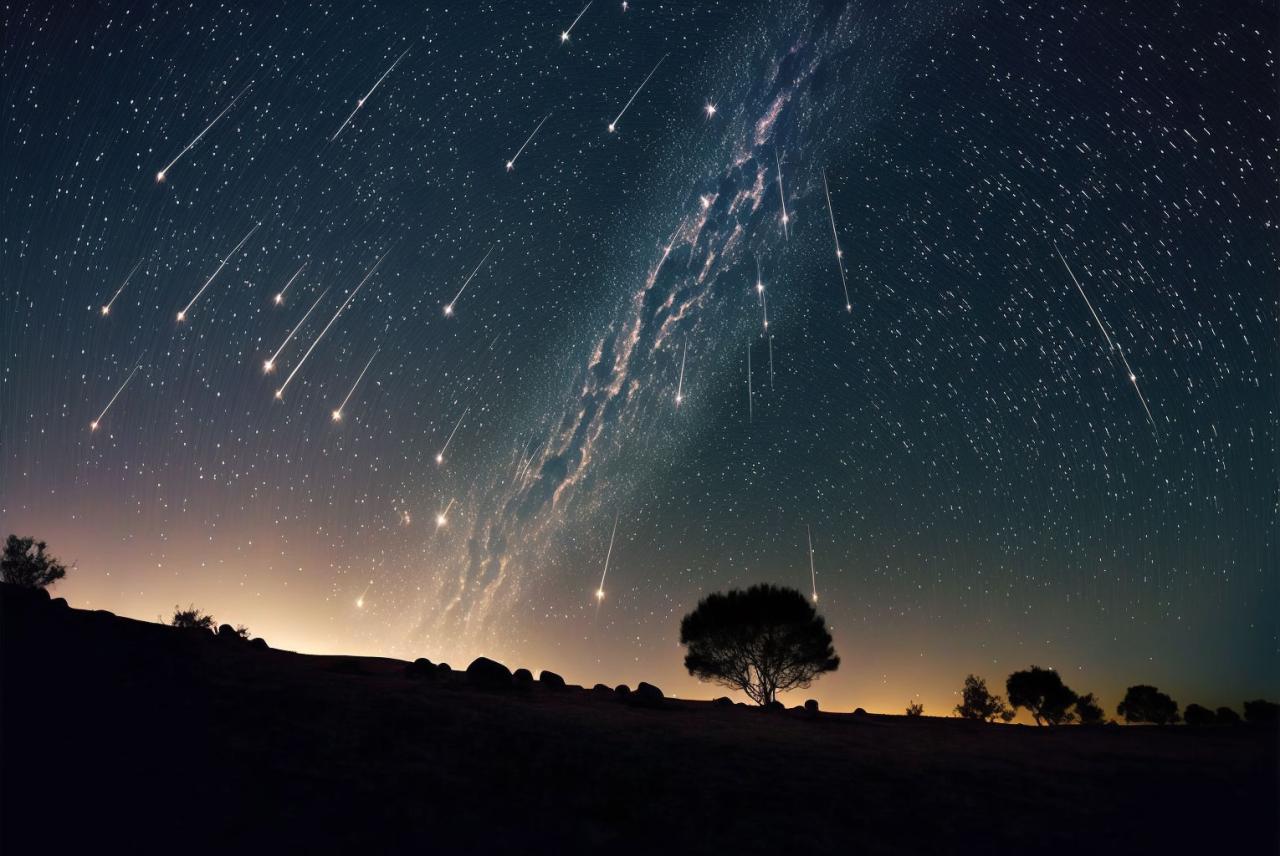
Different cultures have interpreted meteor showers in diverse ways. Some viewed them as celestial fireworks, others as falling stars with the power to grant wishes. These interpretations reflect the beliefs and values of the respective cultures, showcasing the rich tapestry of human understanding of the cosmos.
Final Summary
So, mark your calendars and prepare for an awe-inspiring celestial event! By following this guide, you’ll be well-prepared to enjoy the Quadrantid meteor shower to its fullest. Remember to find a dark location, dress warmly, and let the dazzling display of meteors transport you to a world of wonder. Happy stargazing!
Essential Questionnaire
What causes the Quadrantid meteor shower?
It’s believed to originate from the debris trail of an extinct comet or possibly an asteroid.
How long does the Quadrantid meteor shower last?
The shower’s activity period is relatively short, usually lasting only a few days around its peak.
Is special equipment necessary to see the Quadrantids?
No, you can see many meteors with the naked eye from a dark location. Binoculars or a telescope aren’t strictly necessary.
What if the weather is bad on the peak night?
The shower is active for a few days before and after the peak, so you might still catch some meteors on nearby nights if the weather improves.
